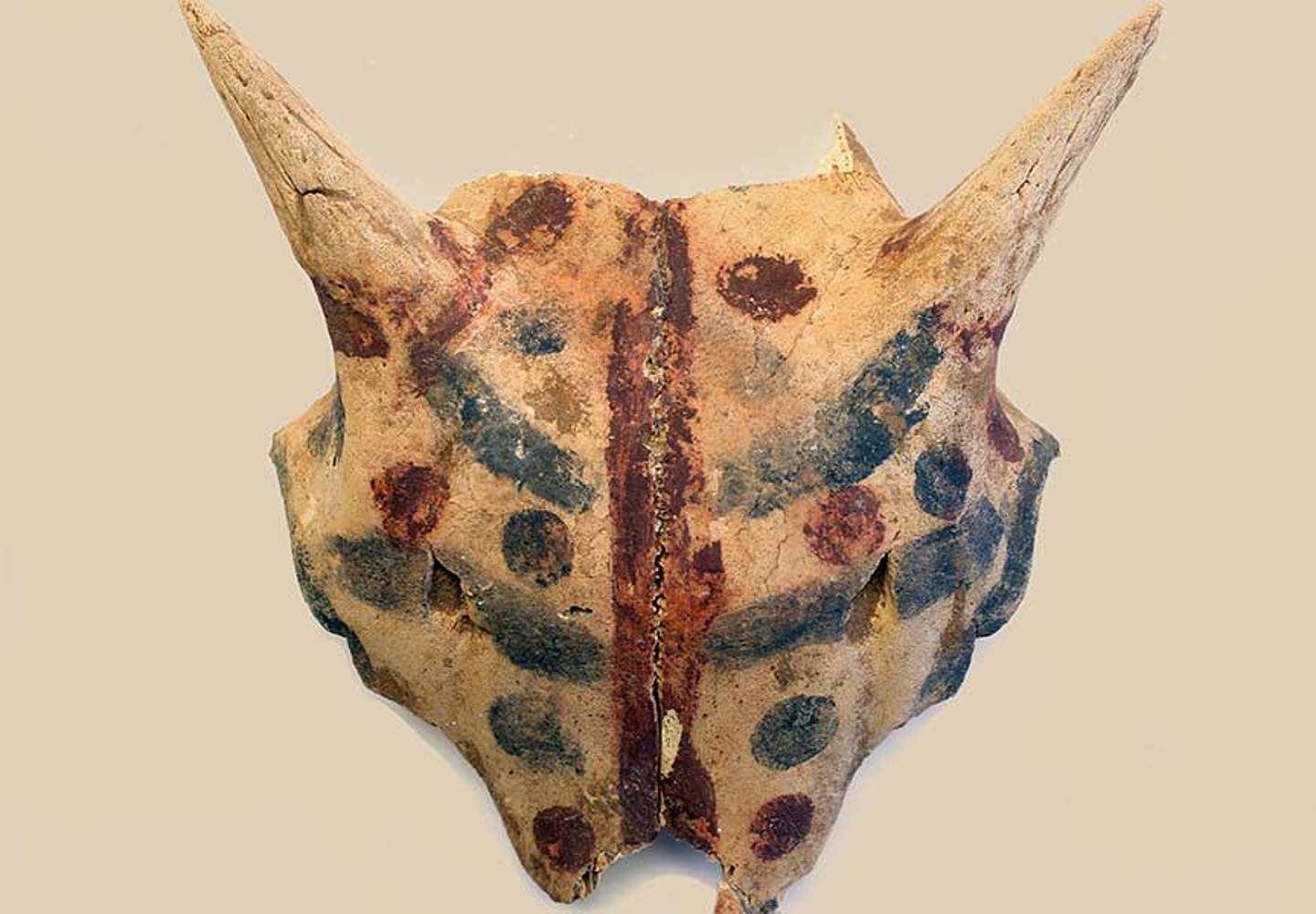Speaker details
How to watch
Presented by
The Metropolitan Museum of Art
New York, NY
Schedule of Events
11 am
Outsiders on the Inside: The Enigmatic Pan-Grave Culture in the Ancient Nile Valley
Aaron M. de Souza, Lise Meitner Postdoctoral Research Fellow, Austrian Academy of Sciences, Austrian Archaeological Institute
The so-called “Pan-Grave culture” is a recurring feature in the archaeology of Egypt and Nubia during the mid-second millennium BCE (ca. 1750–1550 BCE), yet it remains something of an enigma. For much of the twentieth century, the Pan-Grave culture was seen as little more than bands of nomads living on the fringes of Egyptian society, but new research is revising these old beliefs. The Pan-Grave culture is now perceived as complex, diverse, and an integral part of the social fabric of the region. Perhaps most importantly, the ubiquity of Pan-Grave evidence throughout the Nile Valley breaks down the longstanding dichotomy that falsely divides ancient Egypt and Nubia.
12 pm
Ancient Africa: Insights from the Aksumite Town of Beta Samati, Ethiopia
Michael J. Harrower, Associate Professor of Archaeology, Near Eastern Studies, Johns Hopkins University; Director, Undergraduate Studies for Archaeology Major
Aksum was one of Africa’s most powerful and influential ancient civilizations, but many details of its history remain scantly understood. How did Aksumite civilization originate? Why, after nearly one thousand years, did it eventually collapse? Drawing on his collaborative research with Ethiopian scholars, including NASA-funded exploration, and the discovery of Beta Samati, Harrower discusses some of the basic facts archaeologists know about Aksumite civilization and its relations with peoples of Arabia, Sudan, Egypt, and the Mediterranean.
1 pm
Social Cooperation between Muslims and Followers of Non-Scriptural Religions: A Deep-Rooted West African Tradition
Paulo Fernando de Moraes Farias, Professor, Department of African Studies and Anthropology, University of Birmingham
Muslims began to frequent the West African Sahel ca. 133 AH, or 750 CE. Muslim communities later developed in the region and were granted protection by Sahelian rulers they called kuffār (unbelievers), beginning a long-lasting tradition of coexistence and cooperation. Muslims saw Sahelian kuffār as helpers and associates, while they perceived other West African kuffār as people who could be legitimately enslaved and traded across the desert. This presentation examines the history of this classificatory ambiguity.
Image: Decorated goat skull from SJE Site 47, Deiberia East, Sudan. Courtesy the Gustavianum Museum, Uppsala University. Photo by A. de Souza.


